هنرهای آتش؛ نفوذ اسلام بر شیشه و سرامیک های رنسانس ایتالیا
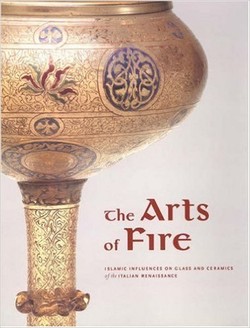
دانشجویان و دانشپژوهان رنسانس ایتالیا بهراحتی تحت جادوی دستاوردهای آن ازجمله انسانگرایی محرمانه آن، اختراعات علمی پیشگامانه و مسحورکردن تولیدات هنری آن؛ قرار گرفتهاند. با اینحال، بسیاری از تحولات موجود در سرامیکها و شیشههای ایتالیایی با نزدیکی ایتالیا به جهان اسلام، امکانپذیر شده است.
کتاب “هنرهای آتش” تاکید میکند که چطور نفوذ اسلام بر این هنر شیک از رنسانس ایتالیا؛ تاثیر مهمی گذاشته است. این کتاب همزمان با نمایشگاهی در موزه Getty که از 4 می تا 5 آگوست سال 2004 برگزار شده، بهچاپ رسیده است. کتاب پیش رو شرح میدهد که چگونه بسیاری از تکنیکهای تولید شیشه و سرامیک و تزئینات آن؛ در شرق اسلامی بین قرون هشتم و دوازدهم؛ توسعه داشته است.
کتاب “هنرهای آتش” تاکید میکند که چطور نفوذ اسلام بر این هنر شیک از رنسانس ایتالیا؛ تاثیر مهمی گذاشته است. این کتاب همزمان با نمایشگاهی در موزه Getty که از 4 می تا 5 آگوست سال 2004 برگزار شده، بهچاپ رسیده است. کتاب پیش رو شرح میدهد که چگونه بسیاری از تکنیکهای تولید شیشه و سرامیک و تزئینات آن؛ در شرق اسلامی بین قرون هشتم و دوازدهم؛ توسعه داشته است.
سال انتشار: 2004 | 184 صفحه | حجم فایل: 14 مگابایت | زبان: انگلیسی
The Arts of Fire: Islamic Influences on Glass and Ceramics of the Italian Renaissance
نویسنده
Catherine Hess, George Saliba, Linda Komaroff
ناشر
J. Paul Getty Museum
ISBN10:
089236758X
ISBN13:
9780892367580
قیمت: 16000 تومان
برچسبها: رنسانس سرامیک هنر اسلامی Students and scholars of the Italian Renaissance easily fall under the spell of its achievements: its self-confident humanism, its groundbreaking scientific innovations, its ravishing artistic production. Yet many of the developments in Italian ceramics and glass were made possible by Italy's proximity to the Islamic world. The Arts of Fire underscores how central the Islamic influence was on this luxury art of the Italian Renaissance. Published to coincide with an exhibition at the Getty Museum on view from May 4 to August 5, 2004, The Arts of Fire demonstrates how many of the techniques of glass and ceramic production and ornamentation were first developed in the Islamic East between the eighth and twelfth centuries. These techniques - enamel and gilding on glass and tin-glaze and lustre on ceramics - produced brilliant and colourful decoration that was a source of awe and admiration, transforming these crafts, for the first time, into works of art and true luxury commodities. Essays by Catherine Hess, George Saliba, and Linda Komaroff demonstrate early modern Europe's debts to the Islamic world and help us better understand the interrelationships of cultures over time.
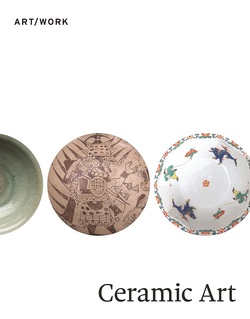
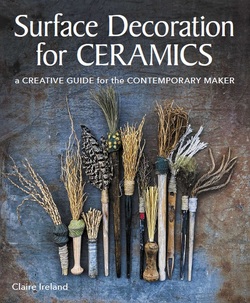
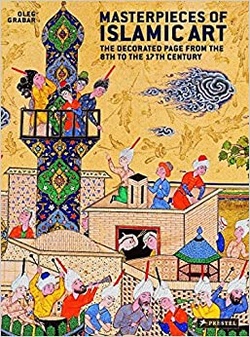
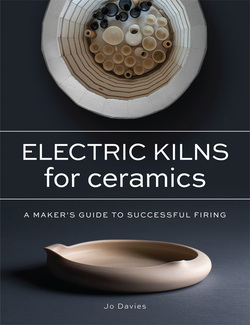
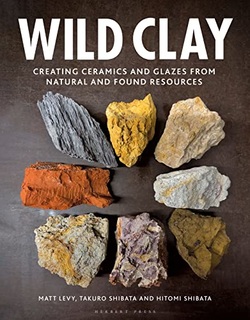
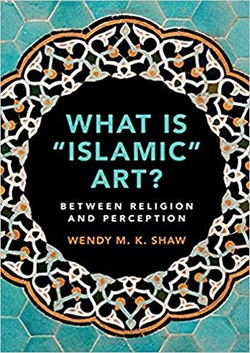
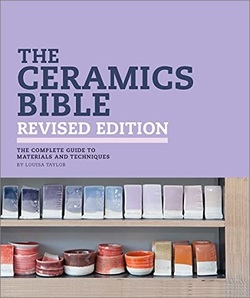
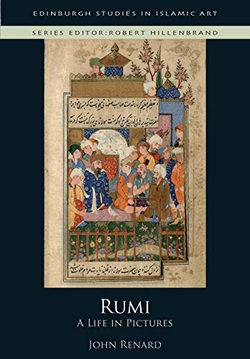
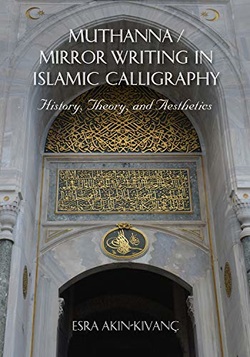
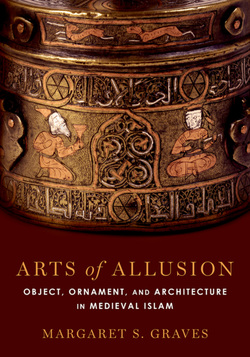
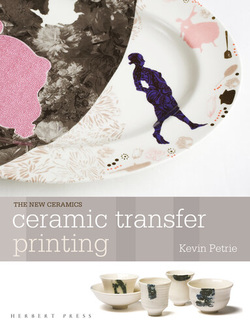
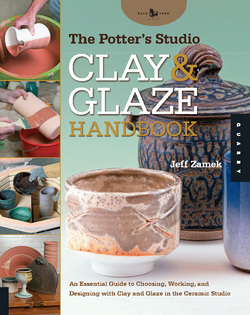
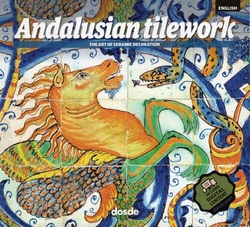




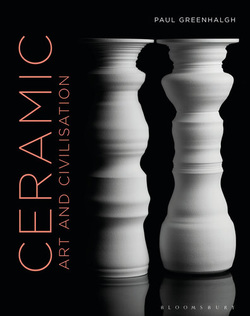
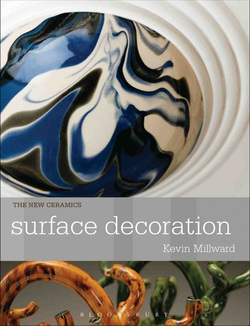
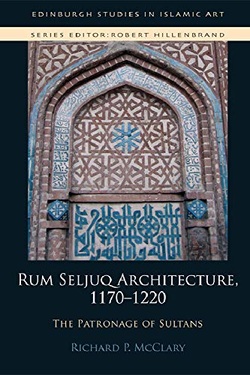
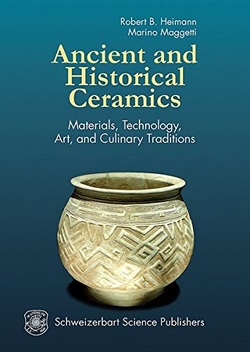

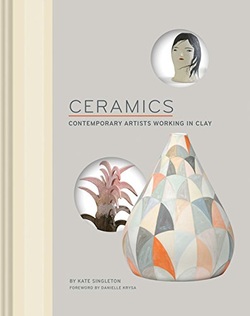
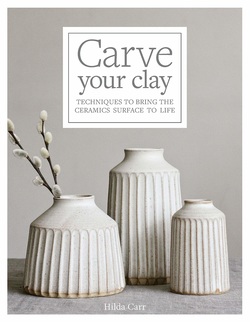

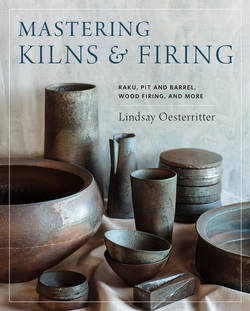

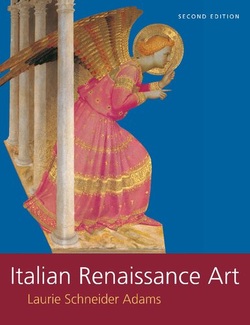
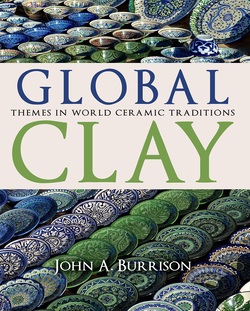
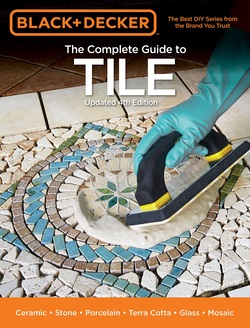
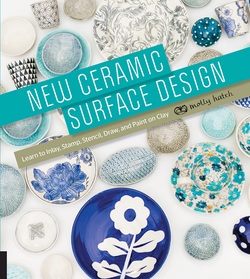
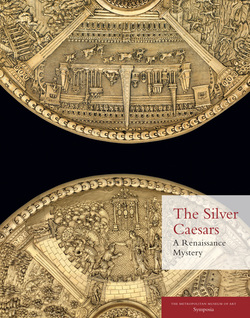
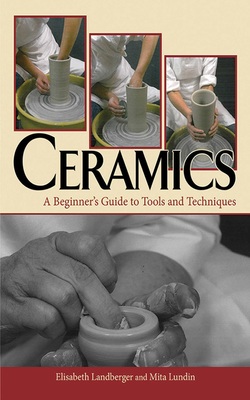
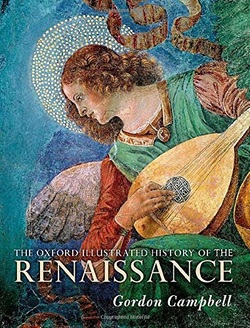
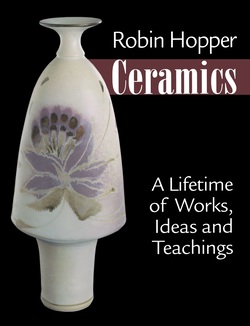

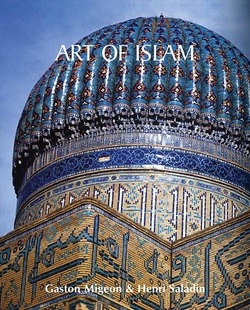
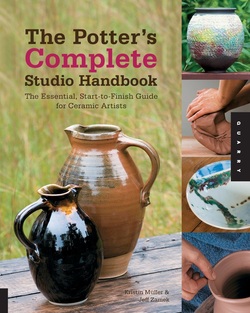

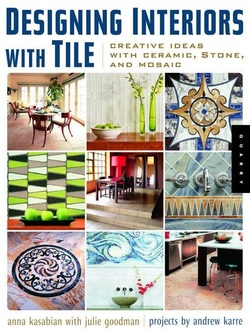

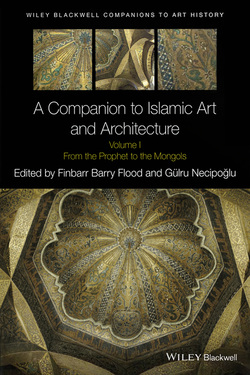
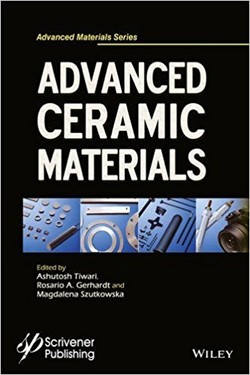
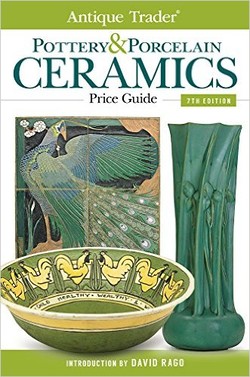

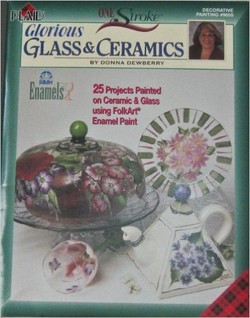
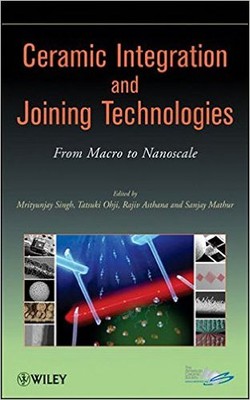

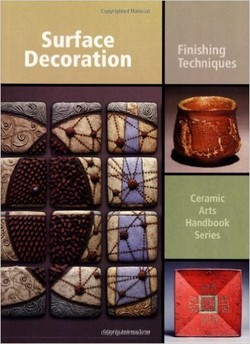
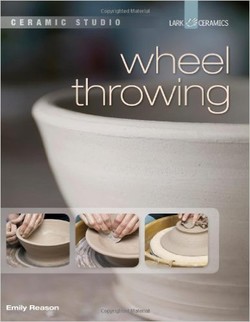


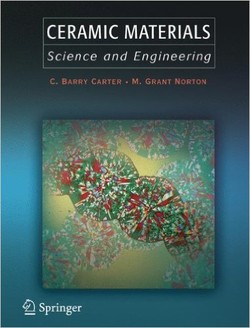
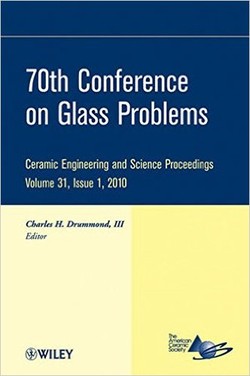
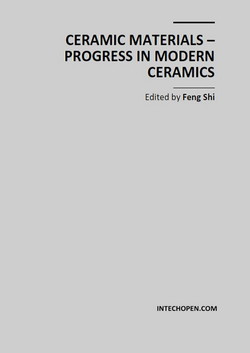
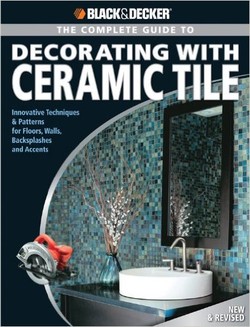
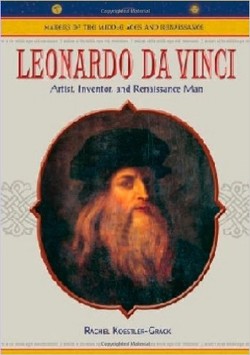


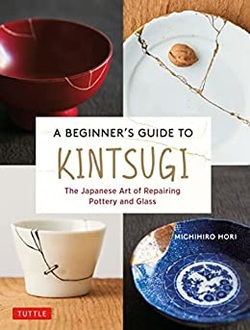
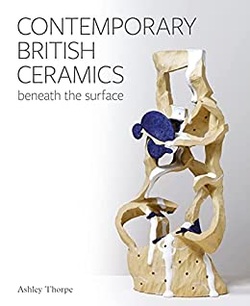
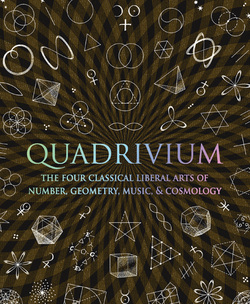

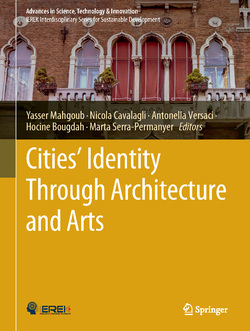
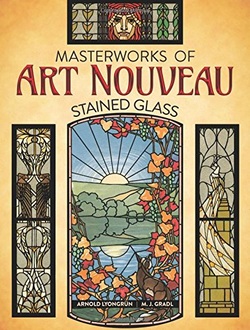
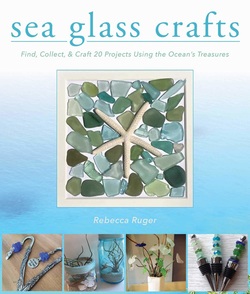
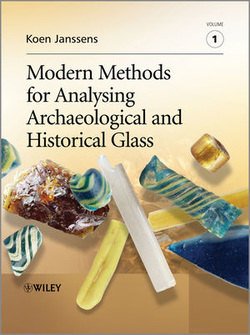
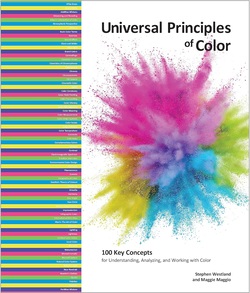



سپاس